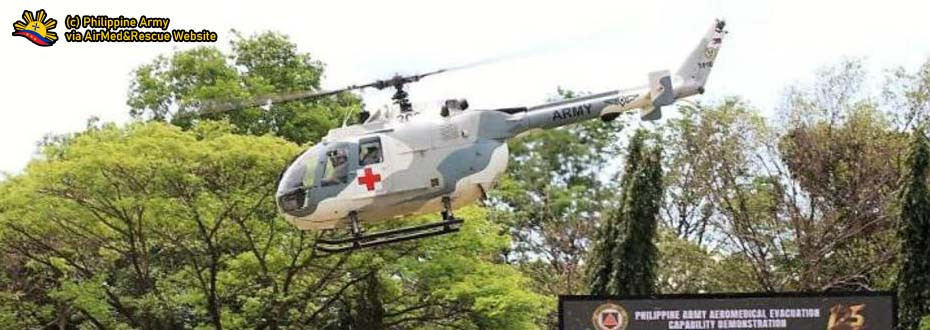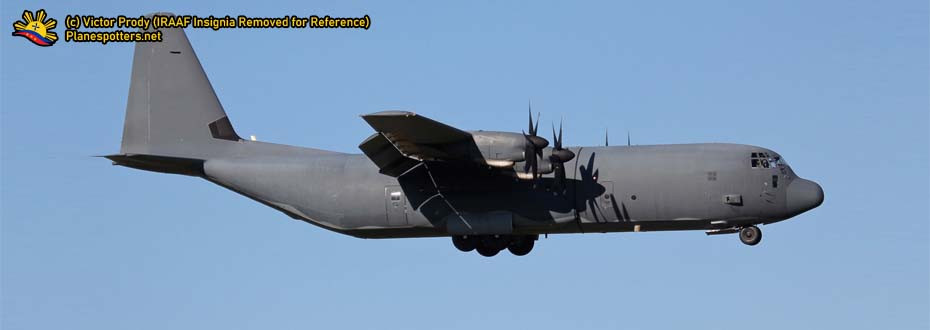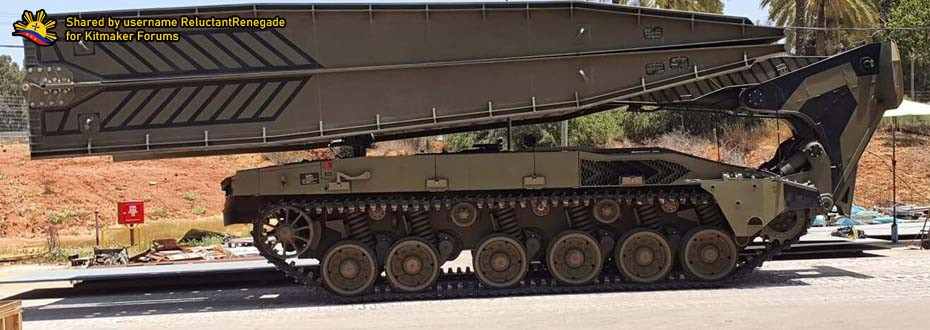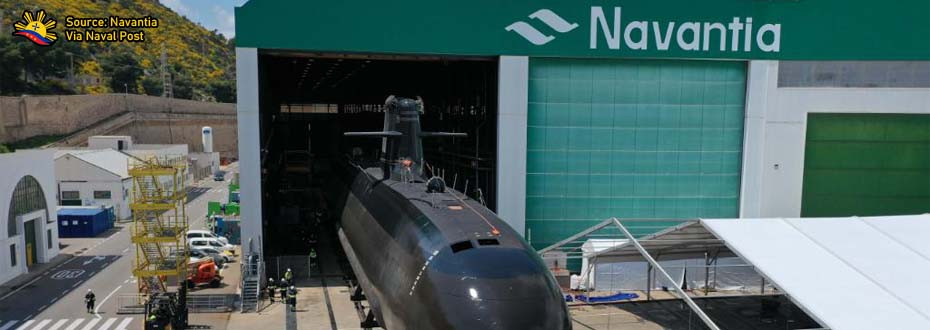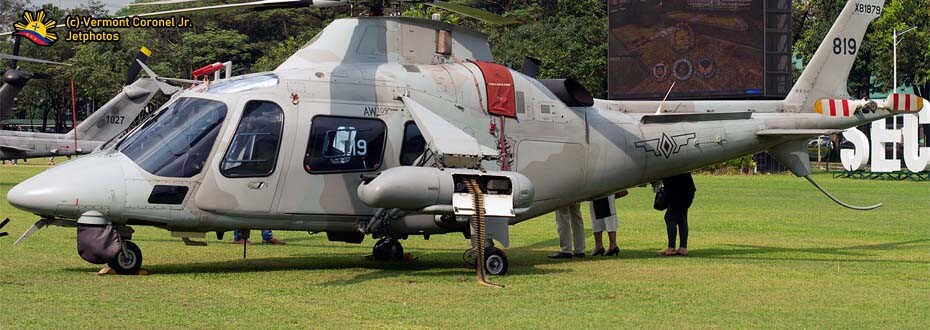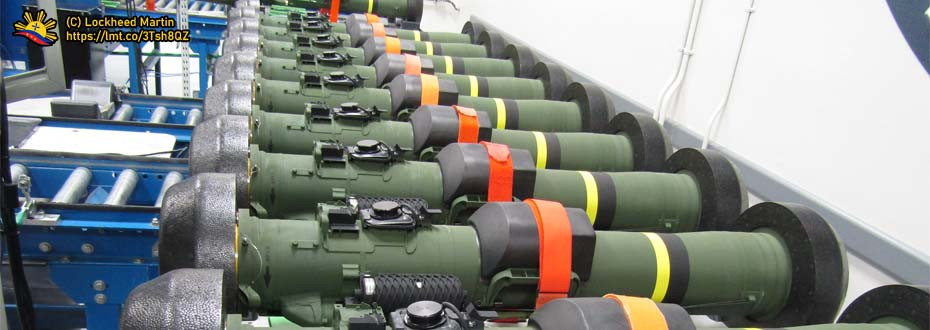Coast Guard Vessels do the job of having patrols of a maritime country's coastline. And speaking of disputes, everything seems to get hyped up in a sense that these white hulls do mean presence and pushing sovereignty issues.
OVERVIEW
Coastguards around the world have one purpose, which is implementing sovereignty and protecting the coast from different elements ranging from border sneaking to smuggling goods. Not to mention that it also includes interoperability between them and their Navy colleagues when it comes to national security matters.
In East Asia, coast guards of the nations where they brewed up in the dispute have taken these things on a whole new level. It was and still, it is in the headlines of several news outlets. It involves coast guards of different nations firing a ship that intrudes into the national territory or throwing water cannons where they shooing fishermen from the disputed rocks or even ramming/firing water cannons between coast guard vessels, in which it was deemed provocative in diplomatic matters.
In this discussion, it will be focusing on the coast guards of Japan, China, the ASEAN and others involved in the recent conflicts on island and trespassing violations across international borders.
JAPAN
 |
Image: Japan Coast Guard with the Chinese Marine
Surveillance in the Background. Source: Wall Street Journal |
The Japanese nation, known to its maritime geography and having an excellent shipbuilding industry building both commercial and military-type ships, have a good-equipped coast guard in which it can fulfill their mandate to defend their nation and as well implementing control over their exclusive economic zone.
However, since 2012, Japan and China intensified their patrols in the East China Sea area where the Senkaku island (Diaoyu in Chinese) is situated. And it is no doubt that Japanese coast guard vessels have encounters with their Chinese counterparts in which in every angle or point of view, it is still provocative in a sense that any harm can inflict on both sides, or even it can spark a war.
 |
Both Coast Guard Vessels in a confrontation with regards for the Island
of Senkaku (Diaoyu in Chinese) Source: china.org.cn |
The caption from China.org.cn regarding these ships are as follows:
The picture, released by the Japanese media, shows a China Coast Guard vessel cruising neck to neck with a Japanese Coast Guard ship near the Diaoyu Islands waters. Seven China Coast Guard ships entered the Diaoyu Islands waters around 10:30 a.m. on September 10, with one more appearing in the region later that afternoon, according to the Japanese Coast Guard patrol ships.
Speaking of the disputes, in this part of the seas, you can see first hand about the standoff between two nation's coast guards. Setting this aside, let us discuss the ships Japan coast guard has.
The largest white hull Japan has today is the Shikishima-class cutters. These ships have the undisputed record of being the largest coast guard the world has ever known before the crown was transferred to the Chinese upon building their larger version of a coast guard cutter.
 |
| Shikishima-class cutter. Source: photozou.jp |
Along with that, Japan has many classes of white hulls in its inventory, with Hida, Hateruma, and Aso classes forming a formidable offshore force that has their respective tonnage of 2000T for Hida and 1000T for Hateruma and Aso-class cutters.
 |
Japan CG's primary workhorse: Hateruma-class Patrol Ships.
Source: Wikimedia Commons. |
Soon, we will continue to witness the actions of the Japanese Coast Guard in the sea especially in the limelight of the East China Sea disputes. All in which, they can consider upgrading their existing vessels and adding more white hulls to ensure that their mandate still can get attainable.
CHINA
 |
China Coast Guard Vessels in Senkaku islands.
Source: China.org.cn |
China, before the disputes, is not so really known for its coast guard vessels even though they were in existence at that time considering that there is indeed no coast guard at that time. Most of the patrols were made by Chinese maritime ships.
It was then when the disputes in the South China Sea (East Sea for Vietnam and the West Philippine Sea for the Philippines) and in the East China Sea where China decides to found their own coast guard agency way back 2013.
Their white hulls are notorious for fishermen and other coast guards alike in the ASEAN where there was always a cat and mouse chase among vessels especially when Vietnam wanted to remove the Chinese oil rig back 2014 and Philippine resupply missions on the Ayungin shoal plus pursuits in Scarborough from 2012 up to present.
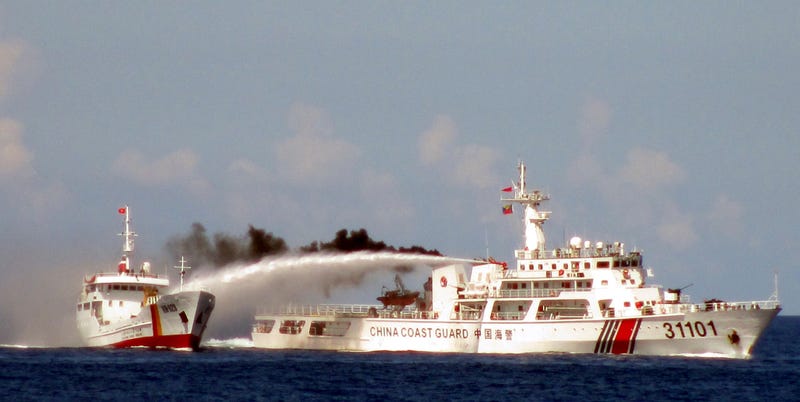 |
Chinese CG vessel water cannons its Vietnamese counterpart.
Source: foxtrotalpha.jalponik.com |
And, speaking of Chinese CG vessels attempting to ram vessels and/or pursuit smaller vessels, take this video where they harassed the smaller Philippine Navy vessel when they conduct a resupply mission on the Ayungin Shoal.
Speaking of the white hulls Chinese have in their inventory, the quantity is enough for them to enforce their laws on the disputed islands. Thus, that creates a de-facto control over the islands and shoals they operate since there was little or no resistance to encounter with.
Their ships are large offshore patrol vessels wherein they can spend a lot of time at sea. Somewhat it is similar to the functions of other coast guards having white hulls with a tonnage of 1000 above, varying on the endurance, range, and capacity these ships do have. And speaking of ships, China has one huge cutter in which it is the largest coast guard vessel in the world, taking the award from the Japanese and their Shikishima ship.
 |
| CCG Haijing 2901 Patrol Ship. |
This largest Coast Guard Vessel China is indeed oversize as per the average coast guard ship there is. The 150-meter vessel is larger than the Arleigh-Burke Destroyers, Indonesian-made Philippine Navy LPDs, U.S. National Security Cutters, and the Philippine Navy's prime combatant, the ex-Hamilton Del-Pilar class Frigates. Although unarmed, since it is a coast guard vessel, can still wreak havoc among law enforcement vessels in the East China Sea/South China Sea area where ramming this ship over the other will surely damage the ship of the other nations.
Of course, it is vulnerable from any kind of sophisticated weaponry there is like Anti-ship missiles, but the nature of this ship will definitely prevent to have warheads aiming to such a white hull. Doing so is a prerequisite for war. And nobody on both sides wants war.
ASEAN - PHILIPPINES AND VIETNAM
The two nations, the Philippines and Vietnam, are facing one, common enemy. That is -- China. And China has white hulls where these nations have nothing to confront those coast guard vessels head-on. This is a whole new spectrum of conflict in the disputed Paracels and Spratly islands in the South China Sea, in which it is called the East Vietnam Sea by Vietnam and the West Philippine Sea by the Philippines.
Philippines
Before the conflict, the Philippine Coast Guard, under the management of the Department of Transportation and Communications, are after civilian vessels where these vessels are up to standards where such ships are meant to be seaworthy. They also patrol for smuggled goods in which they turn over to customs and implement maritime security, just like any other coast guards do.
Upon the realization that the PCG is left behind in terms of equipment, the former government under the Aquino administration decides to have ten new units in which it can suffice a little bit with regards to patrolling areas and the seas West of the Philippines.
 |
BRP Tubbataha. One of the Phil. Coast Guard's newest
ships. Source: Phil. Embassy to Japan website |
However, such ships are still no match against their Chinese counterparts when it comes to doing patrols in the area. The endurance of these vessels is 1/2 the overall endurance of a typical Chinese CG vessel and the size are smaller than an average CG cutter from China.
Suggestions are saying that the Del-Pilar class Frigates, which are formerly U.S. Coast Guard cutters, should be in the Coast Guard instead of it being in the Navy. Another is that the presidential yacht BRP Ang Pangulo, which plans to be a hospital ship, is appropriate to be a Coast Guard Vessel.
However, the feasibility of such suggestions cannot suffice with what the agency is capable of. Considering the mere fact that the ex-Hamiltons and the Presidential Yacht are beyond operational budget PCG has when it comes to operating these ships, it is also noticeable that PCG personnel are not on par with their Phil. Navy counterparts when it comes to handling these big ships.
The suggestion here is that PCG must request from the government additional funding to do two things, which is to train their personnel plus expenditure for future ships which is predicted to be a bit bigger than the ones they are operating at present.
Not to mention also that Bureau of Fisheries and Aquatic resources, in which they rely on PCG for personnel, shall have their own sets of people who can run their ships so that each agency can fully function their respective mandate. All of which will be done by the proper organization, overhaul on the sets of rules and of course, better funding.
Vietnam
 |
Vietnamese Coast Guard DN3500 cutter.
Source: Tuoitrenews.com |
Vietnam meanwhile, have ships that can match their Chinese equivalents. Speaking of which, we are referring to this 129-meter DN3500 cutter. That is, a bit bigger than the largest of ships in the Philippine Navy which is at 123-meter.
 |
Dimensions of Vietnam CG's DN3500-class cutter
Source: JohnnyDanghuynh's Photobucket |
Before such ships even materialized, it is known that Vietnam and Chinese Coast Guards have the harshest of conflicts when it comes to claiming the Paracel Islands. It is known in 1988 that both sides have a war with each other resulting in an overwhelming Chinese victory with numerous death for the Vietnamese.
The Vietnamese and their coast guard are almost in it again way back in 2014 when China sent their oil rig there...
The Vietnamese, upon the test of time, has shown its resistance against the Chinese even though they have smaller ships at that time, and speaking of which, the fight of white hulls against both sides are tough in the sense that it is provocative that a false move can spark a war. This in which ships from both sides ramming one over the other, aiming water cannons one after the other, and so on.
CONCLUSION
Based on the scenarios and the reactions regarding the disputes, China is indeed being the fastest one creating a formidable coast guard fleet that in line with its Navy, this fleet can implement its own version of maritime laws in the disputed East and South China Seas.
Japan meanwhile, has the fleet of white hulls that can deter China's, and the Chinese simply cannot have their will imposed on the Senkaku area. In the South China/East Vietnam/West Philippine Sea area meanwhile, China is freely doing its activities particularly in the areas they controlled including the man-made islands.
Vietnam and the Philippines have efforts to increase their respective fleet of coast guard vessels in which it made significance to their organization. However, such actions still cannot suffice that of China. Speaking of which, it may take a little while until the white fleet of Vietnam and the Philippines to take the Chinese head-on...










